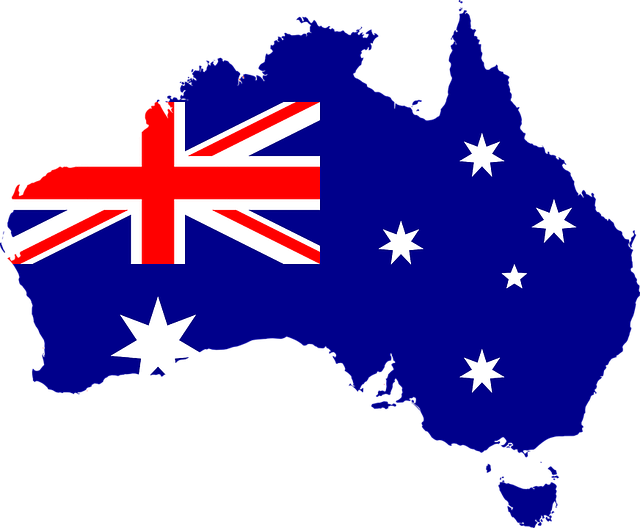
Australia's economic growth slowed to a decade low last quarter, underlining the need for aggressive monetary and fiscal stimulus to stop the resource-rich nation from sliding into recession after 28 straight years of expansion.
Gross domestic product (GDP) figures on Wednesday showed the A$1.9 trillion ($1.3 trillion) economy grew 0.4% in the three months ended March, double the 0.2% clocked in the fourth quarter but below expectations for a 0.5% increase.
However, the 1.8% annual expansion fell far short of the long-term average of 3.5% and was the weakest since the global financial crisis.
"The Aussie economy has lost momentum. And soft consumer spending is the main culprit," said CommSec chief economist Craig James.
"Both monetary and fiscal stimulus are needed to reduce unemployment and revive inflation. But businesses also need to respond through increased investment."
Wednesday's data means GDP will have to pick up remarkably in the current quarter to achieve the Reserve Bank of Australia's (RBA) downgraded forecast of 1.7% for the 12-months to June 30.
Worried about a slowing economy, rising unemployment and lukewarm inflation the country's central bank on Tuesday cut rates to an all-time low 1.25% on Tuesday, marking its first easing in nearly three years.
Rates futures imply a 50-50 chance of another cut to 1.00% next month. A majority of 44 economists polled by Reuters predict a second cut in August with some also expecting a third move.
In a speech late on Tuesday, RBA Governor Philip Lowe said it was "not unreasonable" to expect a lower cash rate from here, signalling the door was wide open for further easing.
STARK DIVIDE
A major setback in Wednesday's data came from private consumption, which contributed just 0.1% to overall growth. The consumer sector accounts for about 56% of Australia's GDP.
A decline in Sydney and Melbourne home prices has eaten into consumer wealth at a time when the household debt to income ratio is at a record high. A long stretch of unusually slow wages growth has also throttled household incomes, further hitting demand.
Output per person has been struggling badly in this latest slowdown, which began in mid-2018, inching up a paltry 0.1% for the year.
One bright spot in the quarter was higher government spending on disability, health and aged care services.
"Notably, there is a stark divide between private demand and public demand," Westpac economist Andrew Hanlan said in a note.
"Public demand is a source of strength."
Also helping growth is an export bonanza thanks to high prices for some of Australia's resources. That helped nominal GDP expand at a solid 4.9% pace for the year, even though domestic inflation remained very subdued.
Indeed, the main measure of domestic prices slowed to 1.4% for the year, well below the RBA's target band of 2-3%.
In a bid to revive growth, Australian authorities have already taken some measures, including easing lending standards for mortgage borrowers, tax rebates for millions of households and a 3% increase in minimum wage for low-income earners.
Still, "the risk is that Governor Lowe will need take policy below 1.00% before mid-2020 to meet the RBA's central economic labour market and underlying inflation forecasts," Citi economist Josh Williamson said.








